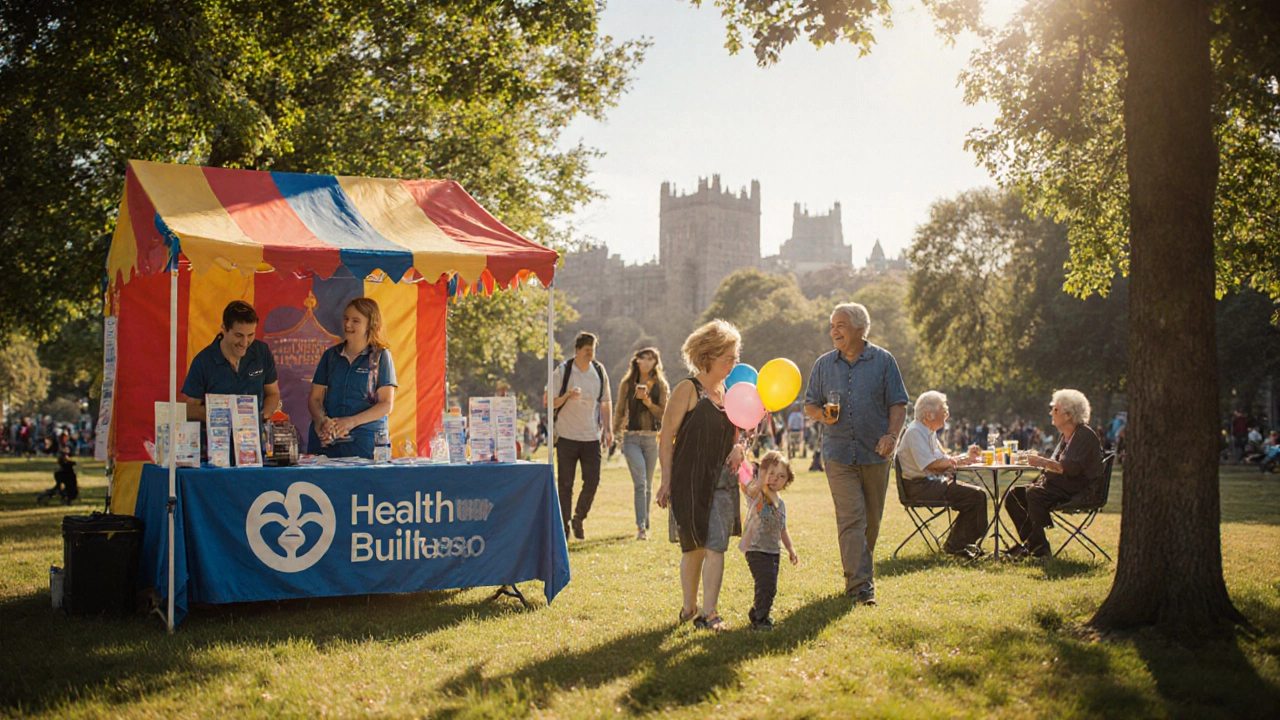Event Planning Made Easy: Your Guide to Successful Community Events
Planning a community or fundraising event can feel like a mountain, but break it down and it becomes a series of small, doable tasks. Below you’ll find the basics you need to get from idea to execution without getting overwhelmed.
Step‑by‑Step Planning Process
1. Define the purpose. Ask yourself why you’re hosting the event. Is it to raise money, celebrate a local milestone, or bring neighbours together? A clear purpose guides every later decision, from venue to promotion.
2. Set a realistic budget. List all costs – venue, permits, refreshments, marketing, supplies – and add a 10% buffer for surprises. For fundraising events, aim for a budget where expected income comfortably exceeds expenses.
3. Choose a date and venue. Look for dates that avoid local holidays or school exams, because they can kill attendance. When picking a venue, consider capacity, accessibility, parking, and whether the space already includes tables or chairs, which can save rental fees.
4. Build a volunteer team. Recruit friends, neighbours, or members of local clubs early. Assign clear roles – set‑up, registration, cleanup – and give each person a short written brief. When everyone knows what to do, chaos disappears.
5. Create a simple timeline. Map out tasks week‑by‑week leading up to the event. Include deadlines for confirming vendors, printing flyers, and sending reminder emails. A visual timeline keeps you on track and helps volunteers see where they fit in.
Boost Attendance and Keep Costs Low
Promotion doesn’t have to cost a fortune. Start with free channels: post on community Facebook groups, share on Nextdoor, and ask local shops to display a flyer. A short, eye‑catching message – "Free family fun on Saturday, 10 am at the town hall" – works better than a long description.
Offer early‑bird incentives, like a free drink voucher for the first 20 sign‑ups. People love a little perk, and it encourages word‑of‑mouth sharing.
When it comes to food, consider potluck style or ask local cafés to donate leftovers in exchange for a thank‑you mention on your event banner. This cuts costs and builds goodwill.
Collect contact details at registration (email or phone). A quick thank‑you text after the event not only shows appreciation but also opens the door for future gatherings.
Finally, evaluate the event right after it ends. Jot down what worked, what didn’t, and any unexpected expenses. This short debrief will make your next event smoother and more successful.
With a clear purpose, a solid budget, and a simple promotion plan, you can host a community event that feels big without draining your time or wallet. Ready to start? Grab a notebook, write down your goal, and take the first step today.

Outreach Event Example: Real‑World Community Outreach Ideas
Learn what an outreach event looks like with real examples, step‑by‑step planning, checklists, pitfalls and FAQs to help you create impactful community outreach.

How to Create a Successful Charity Event
Learn how to create a successful charity event with practical tips. Organizing an engaging event requires planning, attracting attendees, and managing funds efficiently. This guide offers helpful insights to navigate the challenges of charity events. From setting clear goals to ensuring memorable experiences, get hands-on advice that can make a real impact.